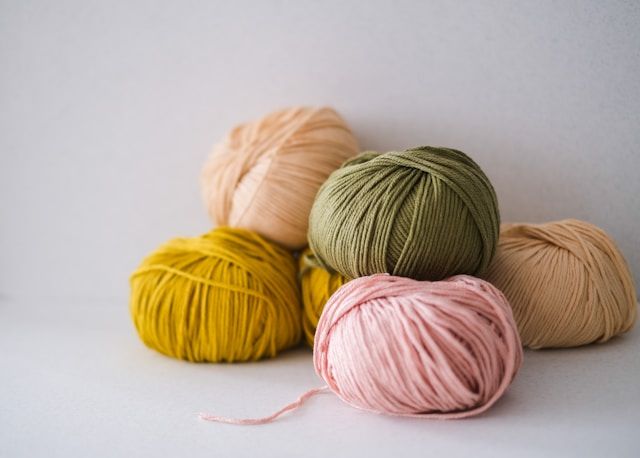I know a couple different ways to knit a sweater. The traditional way is to knit it piece by piece, according to a pattern. This way gives you more control over the shape of the sweater. In this method, you carefully measure your body, make a test swatch of knitted fabric using the yarn you’ve chosen and the knitting needle size you think will work best, do some math, make adjustments to the pattern, and follow the directions to make each component of the sweater. Then you assemble it at the end, and you pray to the knitting gods that it fits.
A few things can go wrong: your math might have been well-intentioned but incorrect. Or you might have worked one part of the sweater on vacation and the rest of it decidedly NOT on vacation, resulting in mismatched fabric you can’t assemble without it looking wonky (stress levels impact how tightly you knit—ask me how I know). Or your body might change mid-sweater: you gain or lose weight. You become pregnant, or get a mastectomy. You get injured and develop a different posture. The sweater you started a year ago turns out to be not at ALL the sweater your body needs now.
My preferred sweater construction method is what my knitting mentor, Cat Bordhi, introduced to me as “reality-based knitting.” Rather than using a pattern someone designed for a set of other bodies, you knit to fit your own body and the particular way it takes up space. You work with what you have, starting at the top with a circle for your neck. You build the fabric in one piece as you go, actually trying it on as you work, to decide if you like how it lays around your neck and shoulders. You adjust course as needed, using increases, decreases, different stitch patterns, varied combinations of yarn, and other techniques to get to a sweater you’re pleased with in the end. (One of our graphic designers and a fellow knitter, Lauren Seals, recently spoke about this adjustment process in a wonderful video you can watch here.)
This kind of sweater is perhaps less polished, but it’s sure as heck resilient to change—and it’s less of a leap of faith than the piece-by-piece approach. You get feedback constantly along the way about whether or not what you’re making is going to work for you. It’s incredibly freeing. The sweater fits you; you don’t have to fit the sweater.
And that’s how I’m thinking about business-building at Steyer these days. We can learn a great deal from the patterns out there for building a business, and we have. Some patterns, like GAAP and legal compliance, are simply a must. I submit, though, that one of the most interesting things about doing business in 2025 is all of this pesky, exhilarating change. We don’t know how fast AI will progress. We don’t know exactly what the market is going to do next. But we have the knitting techniques we need to adjust for reality, row by row—with our focus firmly on the people this company serves, inside and out.
Does this metaphor work for you? How are you faring with the fast pace of change these days? I’d love to hear from you, and I’m at kreilly@steyer.net.
Thanks,
Katelyn
Photo by Raelle Gann-Owens on Unsplash



